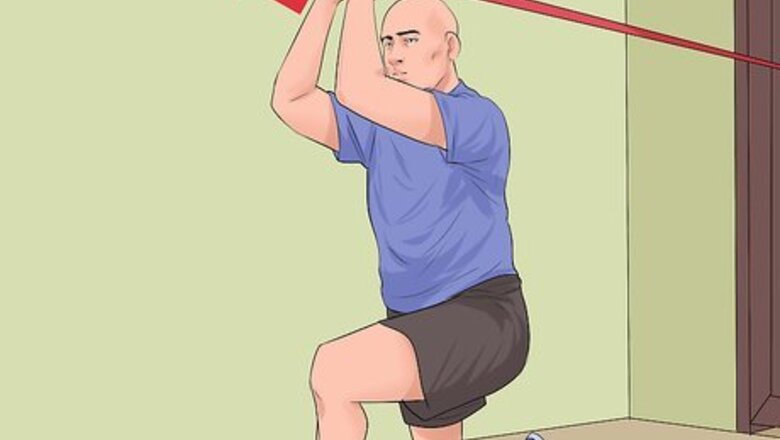
views
Using a Theraband for Upper Body Exercises
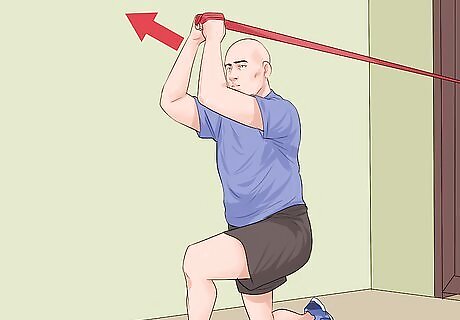
Do overhead extensions. This exercise tones your shoulders and your triceps. To do this exercise: Anchor the center of band in doorjamb or tie to a sturdy object at chest level. Kneel down on one knee with the other knee bent in front of you. Face away from the door or object. Hold one end of the band in each hand. Extend your arms over your head making sure your palms are facing each other. Keep your elbows facing up toward the ceiling and away from your face. Bend your arms and lower your hands down behind your head.

Incorporate chest presses. This exercise helps to target your chest and biceps. To do this exercise: Anchor the center of your band in doorjamb or tie to a sturdy object at chest level. Stand with your back facing the anchored part of your band. Hold one end of the band in each hand. Bend your arms at a 90 degree angle at your elbows. Keep your fists in front of your chest. Step forward a bit until you feel resistance in the band. Then position your legs into a small lunge while leaning forward slightly (one leg in front of the other). Press both of your hands forward in a straight line until they are fully extended. Then slowly release until your arms are in the starting position.

Combine side planks with a pull down. This is a combination exercise that works a large variety of your upper body muscles including abs, shoulders, triceps and back. To do this exercise: Anchor the center of your band in doorjamb or tie against a heavy object at chest level. Hold both ends of the bands in one hand (you will switch sides eventually). Get down into side plank position. Place your forearm on the floor with a 90 degree angle at your elbow. Try to keep your elbow in line with your shoulder. Lie on the floor so that the top of your head is facing toward the door. Extend the arm holding the ends of the bands towards the ceiling with your palms facing down toward your feet. Slowly pull your arm down to your hip while keep it straight. Flip sides by rolling over and holding the side plank on the other side and switching the ends of the bands to your other hand.
Using a Theraband for Lower Body Exercises
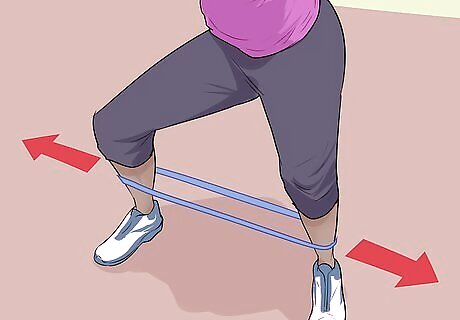
Do the side step shuffle. This particular exercise targets your legs, but specifically your inner and outer thighs and glutes. To do this exercise: Tie your resistance band together in a loop or use an adapter to connect the ends together. Stand with your feet slightly wider than shoulder width apart with your resistance band down around your ankles. With your knees bent slightly step one leg out far enough away that you feel resistance in your thighs. Follow this step with your other leg. Take a few steps in one direction and then switch directions to work both of your legs. Make sure to keep hips square; don't cheat by twisting from the hips.

Incorporate knee raises. This exercise works the front of your legs, thighs and abs. Start by: Tie your resistance band together in a loop or use an adapter to connect the ends together. Place one end of your looped resistance band under one foot and loop the other end of the resistance band over the top of your other foot. Lift the foot with the resistance band on top of your foot off the ground. Keeping your foot flexed, raise your knee up to hip level. Make sure to keep the resistance band looped across the top of your raised foot. Pause at the top and then slowly lower your leg back down to the starting position. Switch legs after one set.
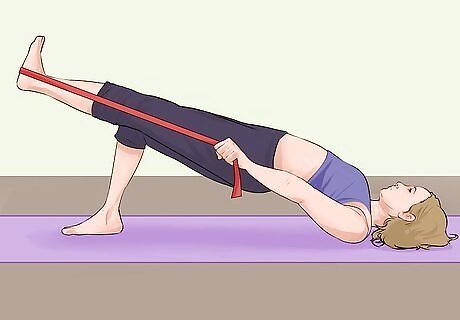
Do a combination of a bridge with a kick. This exercise targets your entire leg — your butt and thighs. In addition it uses your shoulder muscles. To do this exercise: Lie on your back face up. Bend your knees at a 90 degree angle and keep your feet flexed. Loop the middle of the band around the bottom of one of your feet foot and hold the ends of the band with your arms bent. Lift your hips off the floor into the typical bridge position, pushing your pelvis up towards the ceiling. Kick out your leg keeping your knees aligned while at the same time pulling your arms up over your head. Slowly bring your arms and knees back to their starting position.
Learning to Use a Theraband Properly

Sign up with a personal trainer. Although resistance band workouts are becoming more popular in gyms and fitness classes, therabands can be tricky to figure out how to use. Sign up for a session with a personal trainer. Not only will she be able to teach you how to use resistance bands, she will also be able to tell you what types of exercises to do with them. Find a personal trainer at your local gym. Generally the first consult is free — especially when you first sign up for your gym membership. You may also be able to find some good videos online on how to use resistance bands and what types of exercises to do.
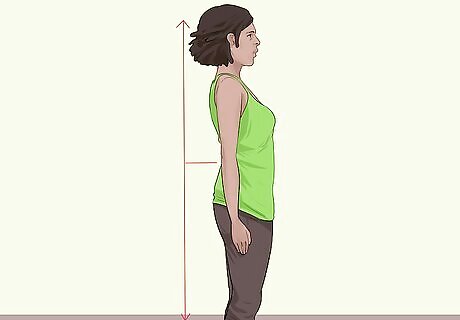
Do all exercises with proper posture. Proper position is essential to help make sure that you do not injure yourself and get the most benefit out of your exercises. You will need to ensure you can stand with your back straight, shoulders and hips aligned and stomach muscles engaged. However, this will vary depending on what type of exercise you're doing. You may want to start doing some of your exercises in front of a mirror to help you see whether or not you have the appropriate posture in your exercises. It might also be helpful to stand with your back against a wall as you assume the proper posture.
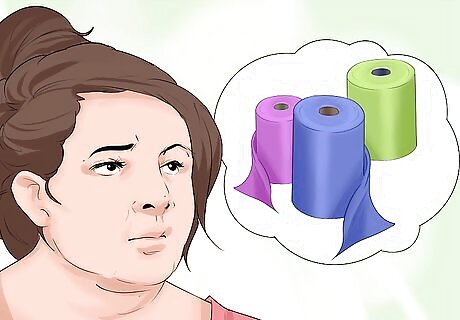
Choose the right theraband. Resistance bands come in a variety of resistance levels. You can adjust the resistance as needed. Therabands, in particular, are coded according to their color, working from beginning to advanced use in the following order: tan, yellow, red, green, blue, black, silver, and gold. Other systems also color code their bands based on resistance level. It's typically advised to start with thinner bands or those with the least resistance. As you get stronger or heal from an injury, you can advance to a higher resistance level.
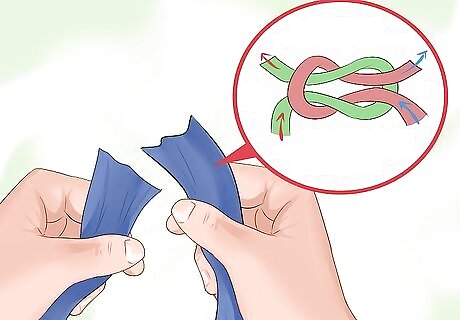
Find a stationary point from which to secure your theraband. When you're doing exercises with resistance bands, many will require that you secure one end of the band to a secure and stationary object. You can buy anchor points for walls, or you can use square knots to secure the bands to door handles or heavy machinery. Make sure it is not a movable structure. Also, objects need to be heavy and sturdy enough to resist the exercise. Tables, cabinets, or chairs are not appropriate objects to use.
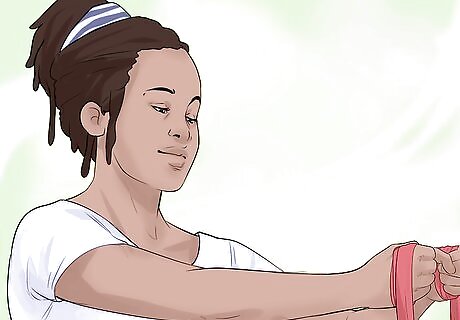
Go slowly with your resistance bands. Use slow, steady movements whenever you use the theraband. This will help ensure you're staying in proper alignment and isolates the muscles you're targeting. It is the quality of the movement, rather than the quickness with which it is performed, that counts here. Make sure you resist the urge to move quickly upon the return movement, because this works different muscles than the movement away from your body. Also rest for about a minute between each type of exercise. For example, rest after working your triceps and before you start working your chest.


















Comments
0 comment